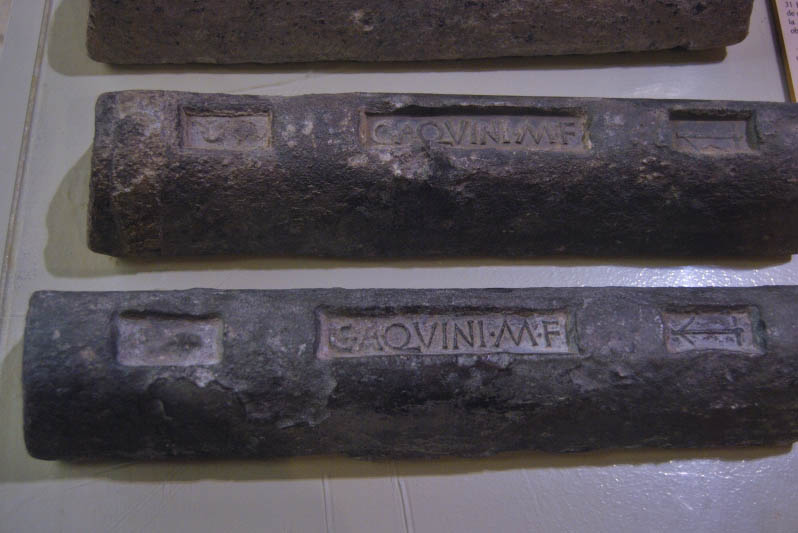The longest road in Great Britain is the A1, which runs 410 miles between London and Edinburgh. In 2014, a multi-million highway construction project–adding extra lanes between Leeming Bar and Barton–uncovered more than 177,000 artifacts dating from around 60 AD along the route.
The road improvements also confirmed the theory that a nearly 2,000-year-old Roman road followed the exact same path as the A1, with settlements having existed at Scotch Corner and Catterick. According to Historic England, the settlement of Scotch Corner, populated by affluent Romans, was larger than most other Roman towns found in England. These communities predate what experts had thought were the oldest settlements of York and Carlisle.
Among the objects found was a small glass head of Bacchus; an amber carving, believed to have been made in Italy, of the upper torso of a man in a toga; a miniature sword with an iron blade; a copper scabbard and bone handle; and a Roman cicada brooch that originated in Central Europe. Also found were thousands of parts of clay molds for making coins, some large shards of pottery, and a plumb bob used for constructing roads.
Read: “Roman artefacts and settlement found under the A1 in Yorkshire”
<Daily Mail>: https://t.co/xOs38gpdjc— Classics Collective (@ClassColl) January 17, 2016
More discoveries were made at Catterick, just south of Scotch Corner and known by the Romans as Cataractonium when founded in 80 AD. Dr. Steve Sherlock, head of the project, said, “We are effectively rewriting the history books, because we didn’t know it was there or that there was anything so early. We didn’t just find one building, but a sequence of buildings going back hundreds of years that nobody knew existed.” While the team expected to find artifacts, they never dreamed of finding such a vast number of historical objects.
Loose leather sheets and well-preserved shoes indicate that Cataractonium was a center of leather-working and may have supplied such goods for the Roman military. The workers also unearthed foundations of a wooden fort protecting the crossing of Dere Street over the Swale River. Objects such as glass beads, an exceptionally rare silver snake ring that coiled around the wearer’s finger, various types of keys that indicate the citizens locked up their valuables, a high-relief glass bowl, and Roman pens and inkpots that show the residents’ literacy were also found.
A cemetery with 246 burials dating back to the 3rd century was found just outside of Catterick. A group of “fist-and-phallus” pendants dating from 160 to 200 AD was found at the grave of an infant. Pots, beads, jewelry, and hobnail boots were among other offerings found at the graves. Researchers are looking forward to analyzing the bones to determine age, gender, and reason for death, hoping to acquire more information about the population.
A 1995 aerial examination of the land around Catterick had showed remains of a Roman fort. The east and north walls have been identified, but a race-track now sits atop the western section of the fort. Additionally, evidence of several religious altars came to light, one of which was dedicated to Vitiris, an ancient ancestral god favored by soldiers. Another honored Ceres, the leading divinity in Roman mythology and goddess of agriculture, grain crops, and fertility. Another altar was dedicated to the Matres and Matronae, the goddesses always depicted in threes in art and statuary, and who protect the home and midwives.
The Scotch Corner settlement, which extended over 4,600 feet from north to south, only lasted some 20 years and seemed to have been overshadowed by the rise of Cataractonium, a known administrative and economic center.
Read another story from us:The Bath House: One of the best-preserved Roman remains in the world
Many of the artifacts will be cleaned and examined and then housed at the York Museum Trust, as well as other museums around Yorkshire.
